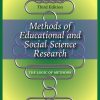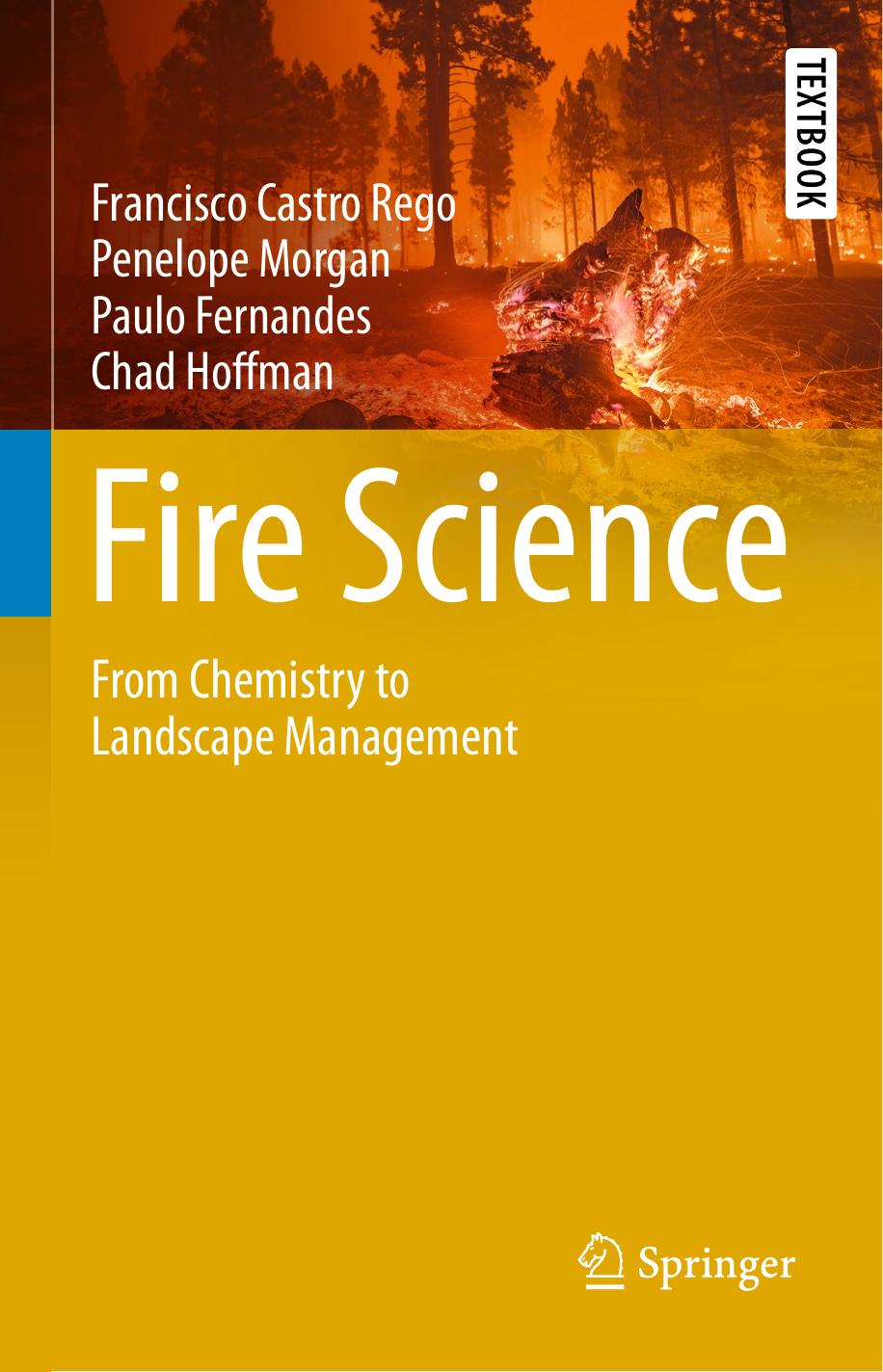Fire Science From Chemistry to Landscape Management 1st by Francisco Castro Rego, Penelope Morgan , Paulo Fernandes , Chad Hoffman 3030698149 9783030698140
$70.00 Original price was: $70.00.$50.00Current price is: $50.00.
Instant download Fire Science By Francisco Castro Rego Francisco Castro Rego;Penelope Morgan;Paulo Fernandes;Chad Hoffman; after payment
Fire Science From Chemistry to Landscape Management 1st by Francisco Castro Rego, Penelope Morgan , Paulo Fernandes , Chad Hoffman – Ebook PDF Instant Download/Delivery:3030698149, 9783030698140
Product details:
ISBN 10: 3030698149
ISBN 13: 9783030698140
Author: Francisco Castro Rego, Penelope Morgan , Paulo Fernandes , Chad Hoffman
This textbook provides students and academics with a conceptual understanding of fire behavior and fire effects on people and ecosystems to support effective integrated fire management. Through case studies, interactive spreadsheets programmed with equations and graphics, and clear explanations, the book provides undergraduate, graduate, and professional readers with a straightforward learning path. The authors draw from years of experience in successfully teaching fundamental concepts and applications, synthesizing cutting-edge science, and applying lessons learned from fire practitioners.We discuss fire as part of environmental and human health. Our process-based, comprehensive, and quantitative approach encompasses combustion and heat transfer, and fire effects on people, plants, soils, and animals in forest, grassland, and woodland ecosystems from around the Earth. Case studies and examples link fundamental concepts to local, landscape, and global fire implications, including social-ecological systems. Globally, fire science and integrated fire management have made major strides in the last few decades. Society faces numerous fire-related challenges, including the increasing occurrence of large fires that threaten people and property, smoke that poses a health hazard, and lengthening fire seasons worldwide. Fires are useful to suppress fires, conserve wildlife and habitat, enhance livestock grazing, manage fuels, and in ecological restoration. Understanding fire science is critical to forecasting the implication of global change for fires and their effects. Increasing the positive effects of fire (fuels reduction, enhanced habitat for many plants and animals, ecosystem services increased) while reducing the negative impacts of fires (loss of human lives, smoke and carbon emissions that threaten health, etc.) is part of making fires good servants rather than bad masters.
Table of contents:
Part I
1. Chemical Conditions for Ignition
2. From Fuels to Smoke: Chemical Processes
3. Heat Production
4. Heat for Pre-ignition and Flames
5. Heat Transfer
Part II
6. Fuel and Fire Behavior Description
7. Fire Propagation
8. Extreme Fires
9. Fire Effects on Plants, Soils, and Animals
10. Fire and People
Part III
11. Fuel Dynamics and Management
12. Fire Regimes, Landscape Dynamics, and Landscape Management
13. Integrated Fire Management
14. Futuring: Trends in Fire Science and Management
People also search:
strategic management text and cases
strategic management concepts and cases david
strategic management text and cases 10th edition
business strategy textbook



